Adapted and expanded from my earlier review: Perhaps because it lacks a big horror star or a cult director, Stuart Walker’s Werewolf of London (1935) has never received quite the acknowledgement it deserves — despite the fact that it’s the first werewolf movie ever made. What’s particularly unfortunate about this is that, for my money, Werewolf of London remains the best werewolf picture of all time. If The Wolf Man (1941) is the ideal monster picture for adolescent boys (which is really the source of its reputation), Werewolf of London is perhaps the ideal monster movie for adults. It boasts a literate screenplay, atmospheric and heavily symbol-laden direction, an intelligent cast and the most disturbing werewolf makeup ever. Unlike Lon Chaney’s more famous teddy-bear-looking appearance, the werewolf here does full justice to the script’s assertion that “the werewolf is neither man nor wolf, but a Satanic creature with the worst qualities of both.”
Werewolf of London is apt to startle viewers coming to it with the entrenched lycanthropy business of The Wolf Man and its progeny. For starters, there’s no blather about silver bullets or really any sort of mystical mumbo-jumbo. Screenwriter John Colton has taken a more scientific — or maybe pseudo-scientific — approach to the concept, presenting it as more of an affliction. Yes, it’s still transmitted by “the bite of another werewolf,” but the mythology largely ends there. The film actually boasts two werewolves — both of whom are men of science and who meet (“but only for a moment — in the dark”) in scientific pursuit of a rare flower, the marifasa lumino lupino, in Tibet. Dr. Wilfrid Glendon (Henry Hull) is in search of it as a botanist. The other, Dr. Yogami (Warner Oland in his penultimate appearance as anyone other than Charlie Chan), has more personal reasons — the flower is an antidote for “werewolfery.” He, of course, is the werewolf who infects Glendon.
The biggest single difference in a Werewolf of London vs. The Wolf Man debate lies in the fact that the latter film deals with a man — an overgrown boy really, or possibly the embodiment of the good-natured-but-none-too-bright American abroad — who has blundered into something that he simply can’t comprehend. Werewolf of London deals with a man whose scientific reasoning tells him that what has happened to him simply cannot be happening — even though it is. Glendon, however, is so imprisoned by science, reason and modern life that he’s incapable of understanding it. It is not accidental that director Stuart Walker constantly shoots him through imprisoning bars — either actual ones or symbolic ones like columns, stair railings, wrought-iron balconies, etc.
The prison-bar motif that runs through the film is, in fact, most likely the reason behind the way in which Glendon’s first transformation is handled — with the actor passing bar-like columns and appearing more monstrous with each passing. This scene has often been derided as a cheat to cover the technical limitations of the film, but it’s actually very deliberately done and requires the use of a traveling-matte shot — something not employed for convenience. (There are also other transformations, including one that uses the supposedly secret process of colored makeup and filters seen in Rouben Mamoulian’s Dr. Jekyll and Mr. Hyde (1932), that don’t employ “cheating.”)
There are several ways of reading Werewolf of London. Personally, I tend to believe the film and screenplay to be heavily indebted to the last three novels in John Galsworthy’s Forsyte Chronicles — something I explored in detail in an article in Scarlet Street magazine in the late 1990s. (It’s worth noting that James Whale had filmed the last of the Chronicles in 1934. That may have bearing, but there’s more literary precedent than a reliance on Whale’s film.) However, in that same issue, the late Richard Valley laid out a case that the film can be read with the werewolf representing Glendon’s repressed homosexuality. It’s a good case, too, since it explains Glendon traveling the globe with a young man (of no particular use — a point that is deliberately stressed) and his inability to express emotion to his wife (Valerie Hobson) — and it fits the character of the screenwriter, who was himself gay. Either reading works, as does a combination. Or, since such things make some folks uncomfortable, it can be taken simply as a fine monster movie.
The Thursday Horror Picture Show will screen Werewolf of London Thursday, April 10 at 8 p.m. in the Cinema Lounge at The Carolina Asheville and will be hosted by Xpress movie critics Ken Hanke and Justin Souther.


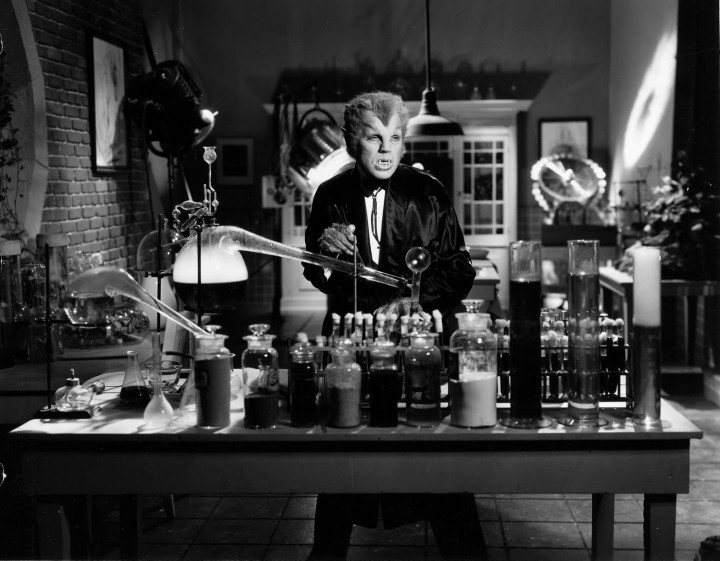

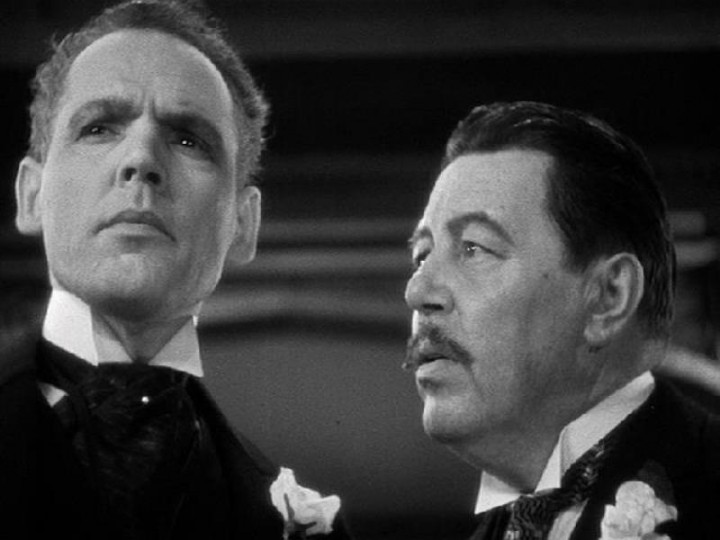
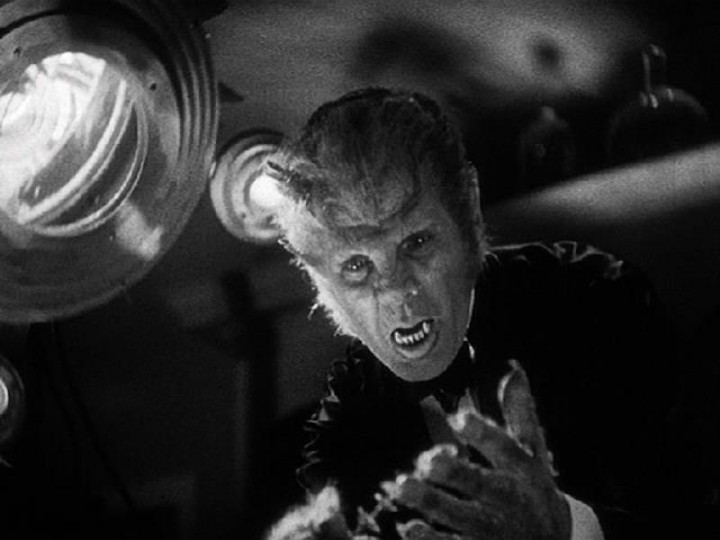
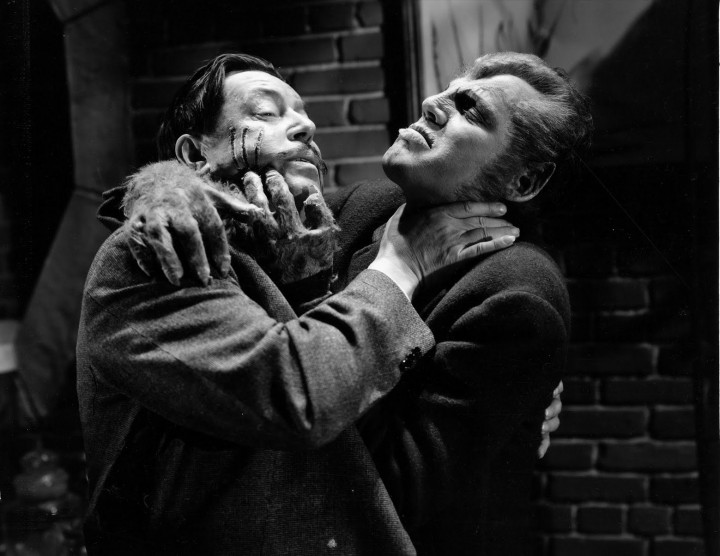
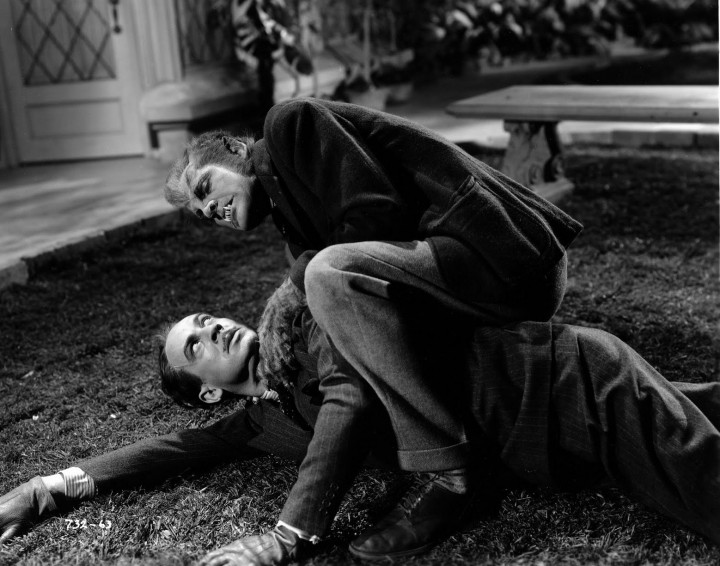

I have to agree, this werewolf film gets better with age and is the best of the bunch. Plus, Henry Hull is certainly the most smartly dressed of them all.
I was mildly disturbed when the audience laughed at Hull’s werewolf getting dressed to go out when it’s clear that his werewolf is capable of reasoning. Why wouldn’t he dress to go out to minimize chances of his appearance drawing notice? (No one ever seems to question how Lon Jr. gets into those janitor togs between transformation and prowling.) Oh, well, they were nonetheless enthusiastically receptive to the film overall. I wasn’t there when we ran The Wolf Man, but I was told the reaction was, “Meh.”
I have to confess that when I first saw the film as a kid, I snickered at the scene in question, but over time I realized it did make sense. I find it creepier and a better horror film than Chaney’s.
Werewolf of London is a horror picture for adults. The Wolf Man is more greasy kids’ stuff (as the ads used to say)/